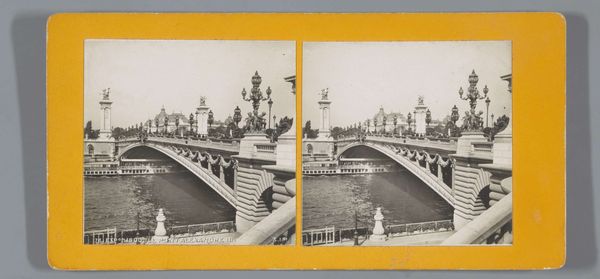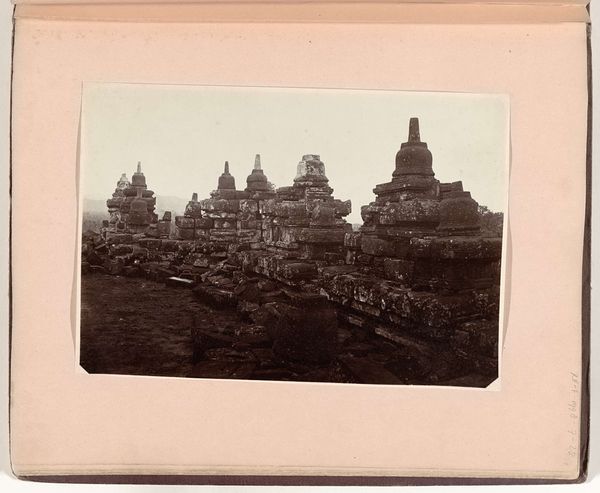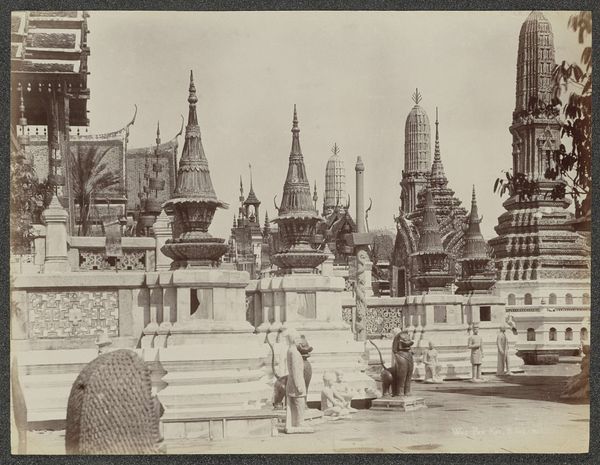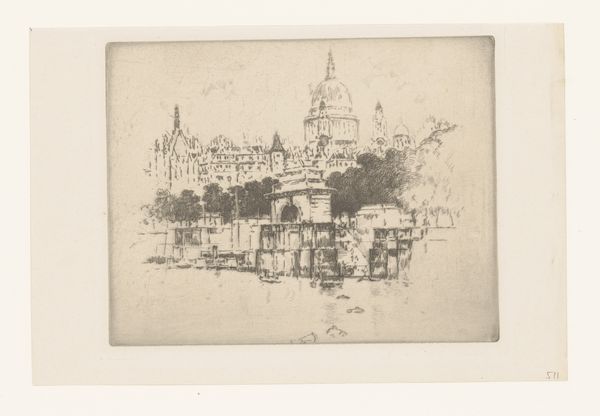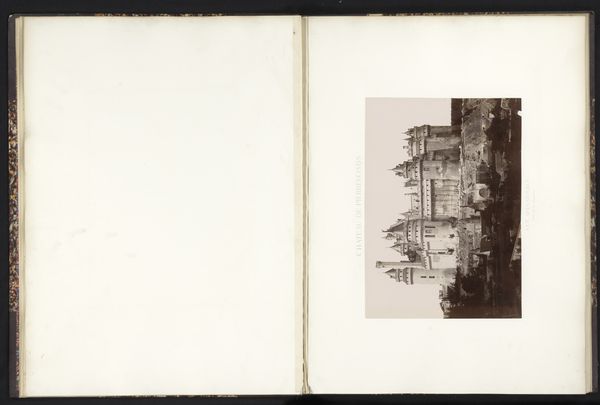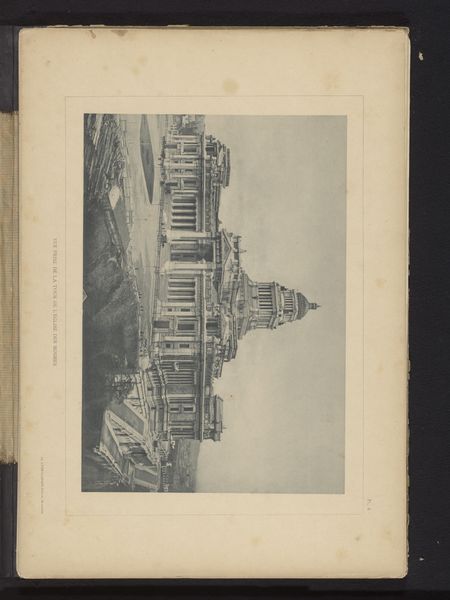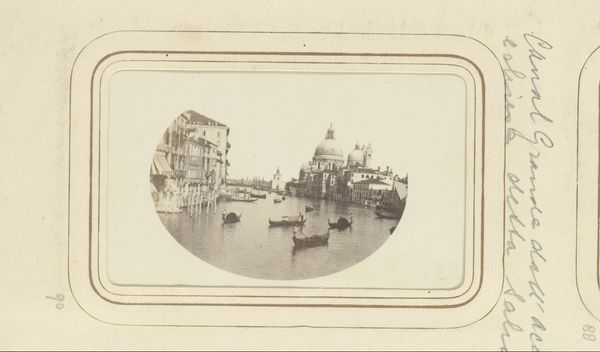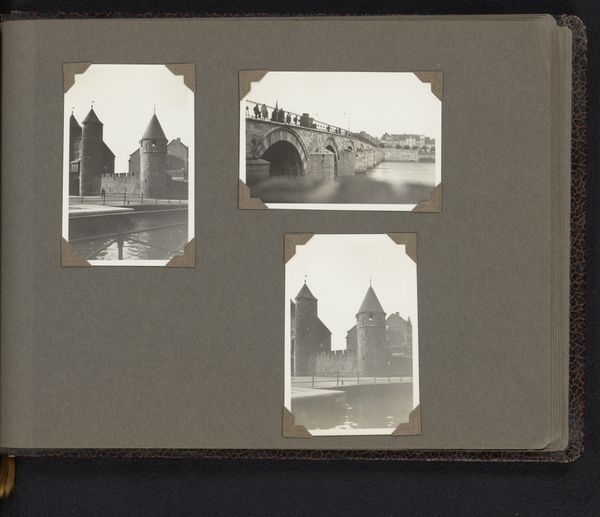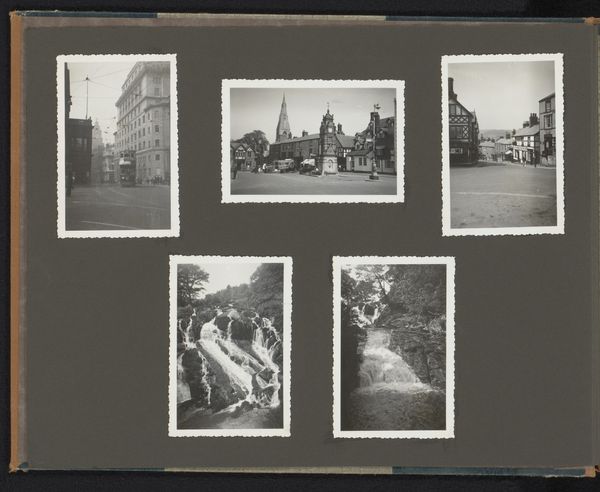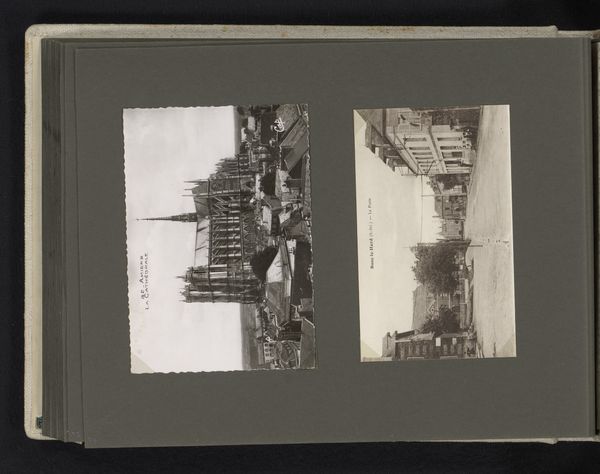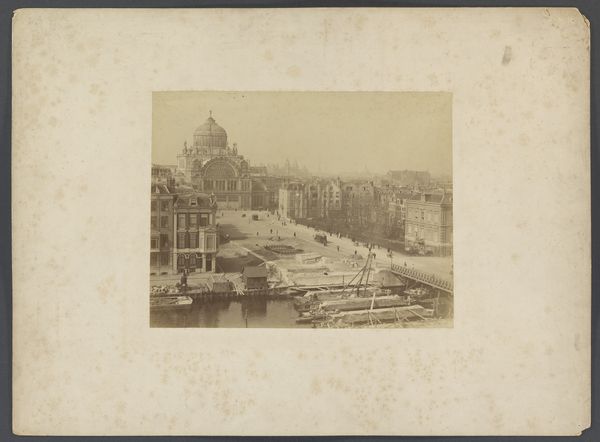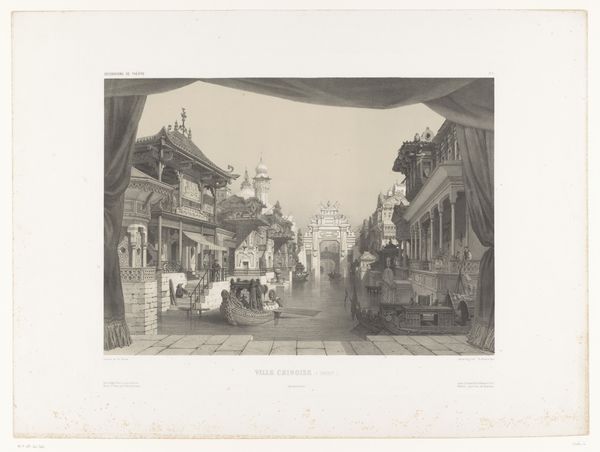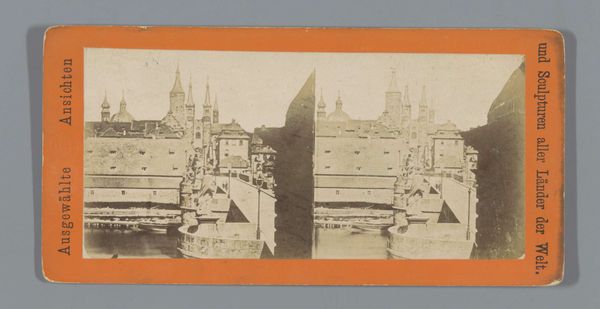
print, photography, collotype, architecture
#
still-life-photography
# print
#
stone
#
sculpture
#
asian-art
#
landscape
#
photography
#
collotype
#
geometric
#
ancient-mediterranean
#
architecture
Dimensions: height 180 mm, width 223 mm
Copyright: Rijks Museum: Open Domain
Editor: This photograph, "Gezicht op de Borobudur," taken sometime between 1930 and 1940 by Adeline Andrea du Celliee Muller, captures a distant view of the Borobudur temple. It's haunting and imposing in its starkness. How do you interpret this work? Curator: This image, while seemingly a straightforward landscape, invites us to consider the politics of representation in colonial contexts. Photography, during this period, often served as a tool for documenting and, in many ways, appropriating cultural heritage. This collotype, presented as a neutral observation, subtly reinforces a power dynamic. Editor: That's interesting. I was focused on the architectural aspects and the atmosphere, but not the colonial aspect. What visual cues suggest that? Curator: Consider the gaze of the photographer. The composition frames the Borobudur, not as a living, breathing spiritual center, but as a relic, an object to be viewed and consumed. The black and white emphasizes a sense of timelessness, stripping the temple of its contemporary context and potentially freezing it within a colonial narrative. Do you notice how the local population is absent? Editor: Now that you mention it, yes. It feels devoid of people. So, the photograph isn't just a picture, it's a statement? Curator: Precisely. It's crucial to analyze how photographs like this participated in the construction of the "Orient" as an exoticized other. Whose story is being told, and whose is being silenced? And who ultimately gets to decide on the interpretation and preservation of monuments like the Borobudur? Editor: I hadn't considered that the very act of photographing could be a political one. This really makes me rethink how I approach historical images. Curator: Exactly. By examining these visual choices, we can begin to understand the complex relationships between power, representation, and cultural heritage.
Comments
No comments
Be the first to comment and join the conversation on the ultimate creative platform.
